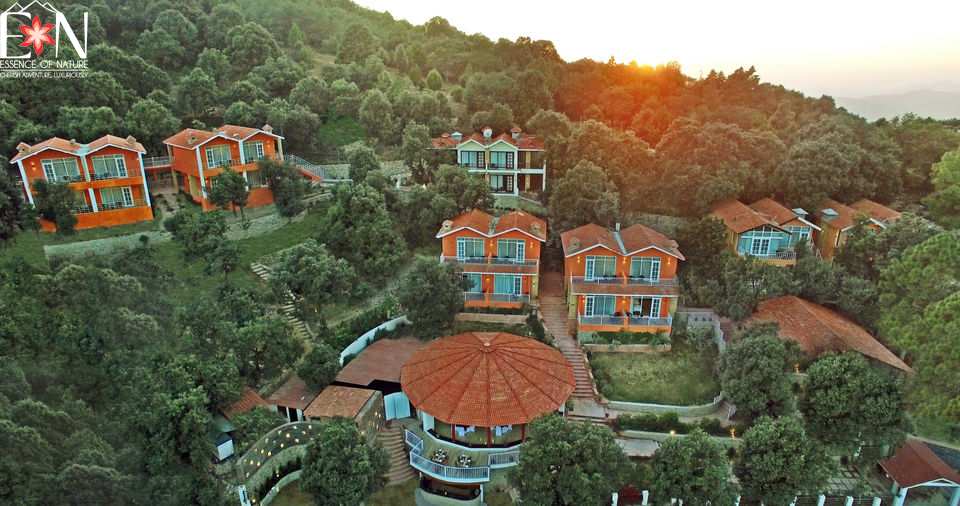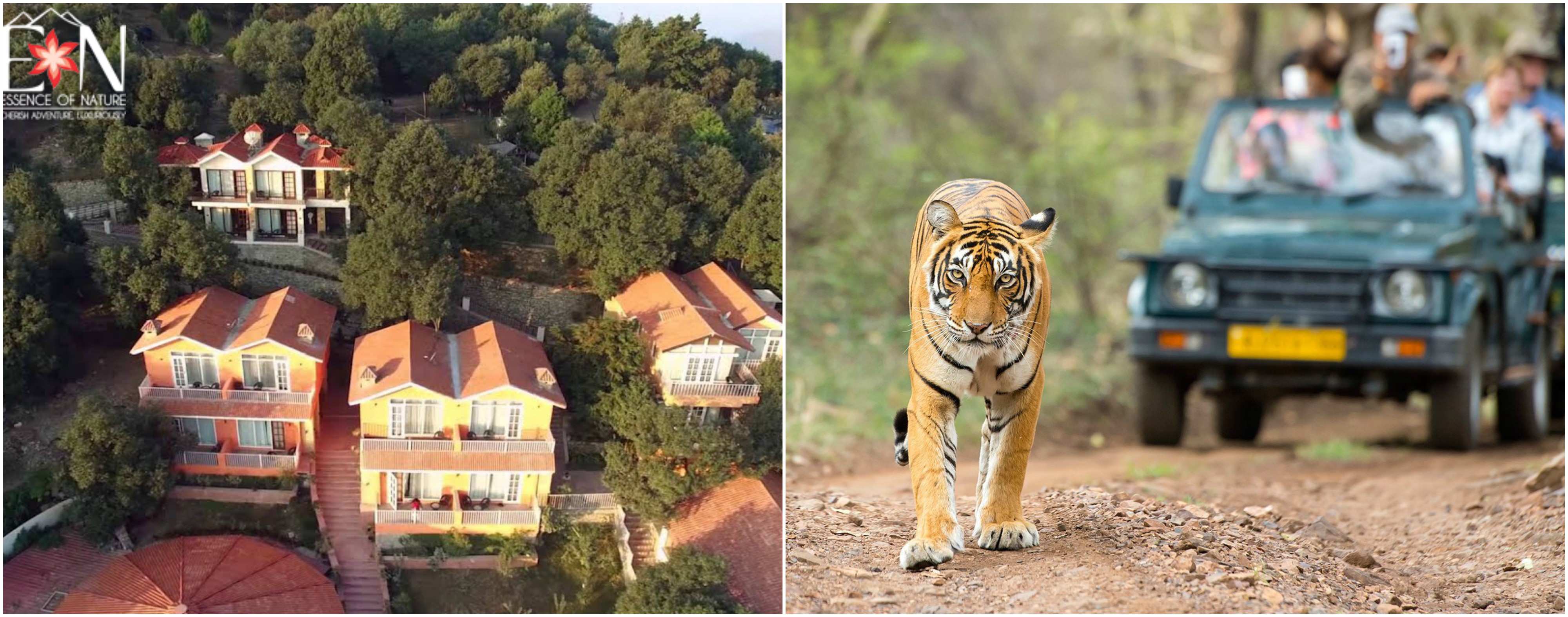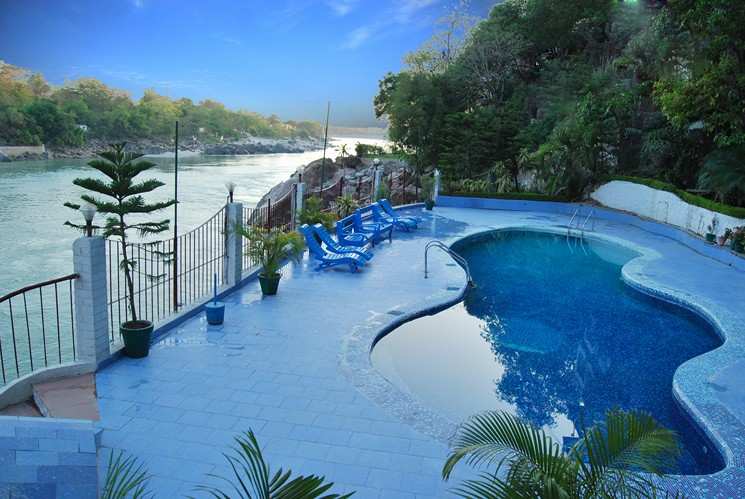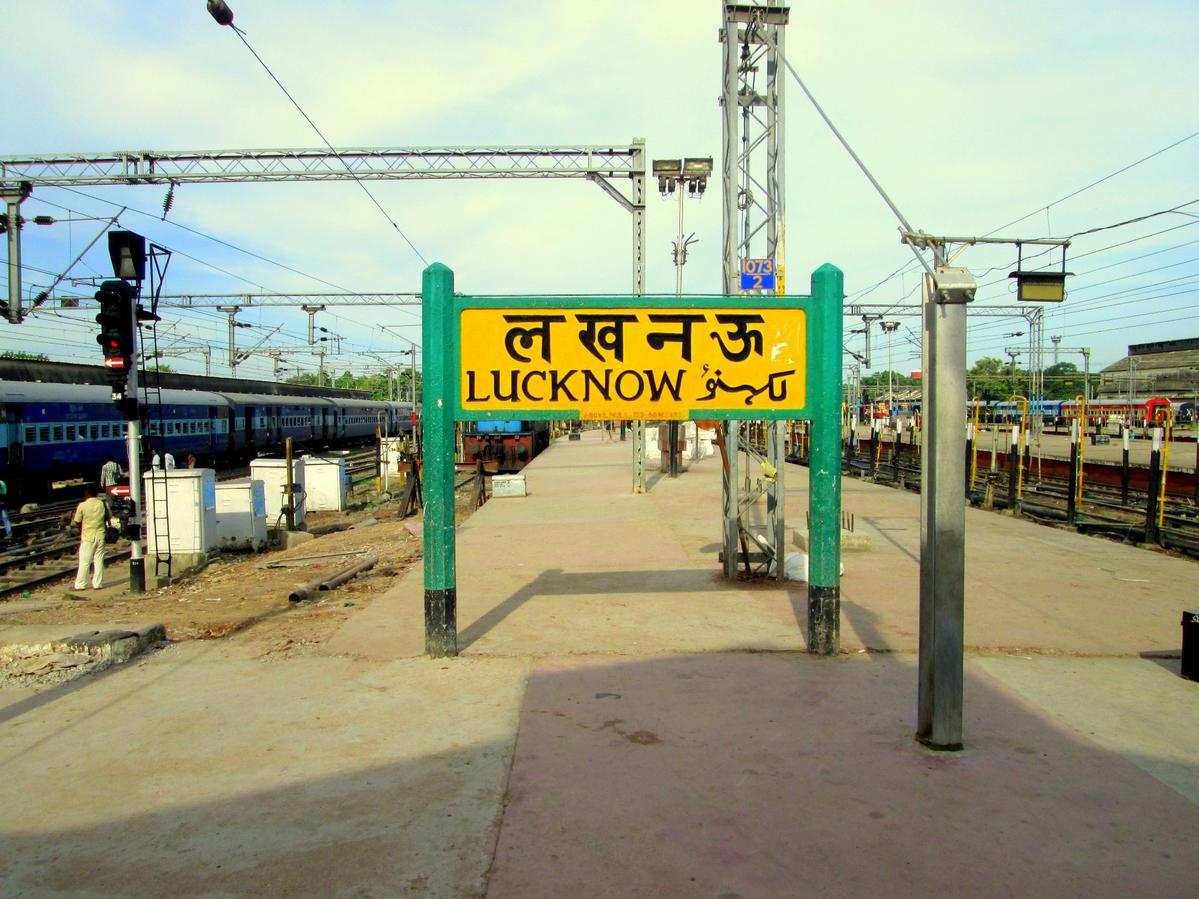Of the 158 million people living in Bangladesh, around 66 per cent live in rural areas. In 2002, it was estimated that more than one fifth of the country floods annually during the monsoon season, During the monsoon period, thousands of schools are forced to close, and many children miss school days. In 2007, an estimated 1.5 million students, or about 10 per cent of those enrolled in primary school, were affected by floods.
Hence to solve this problem The non-profit organization Shidhulai Swanirvar Sangstha introduced solar-powered floating schools in Bangladesh to ensure children’s uninterrupted education even during the height of the monsoon. From the outset, the guiding principle was that if children cannot come to school, then school should come to them. The floating school is a combination of school bus and schoolhouse. The boats collect students from riverside villages, dock at a final destination and provide on-board small-group instruction. After class, the boats take students back to their homes and then go on to pick up other groups. Each boat school has a classroom for 30 students, an Internet-linked laptop, a library and electronic resources, and provides basic primary education up to grade IV. The laptop in the classroom encourages students to learn about new technology, check emails, and visit online educational websites. The solar lighting makes the school schedule flexible, and after school many students take home a recharged, low-cost solar lantern. The lanterns provide light at night by which children can study and women can stitch quilts to earn extra income. In the evening, the boats project educational programs onto large sail cloths which people can watch from their own courtyards.
The project is funded from multiple sources, including crops, fisheries and the conversion of kerosene lanterns into solar-powered lanterns.
Almost 70,000 children have benefited since the start of the project in 2002.

























